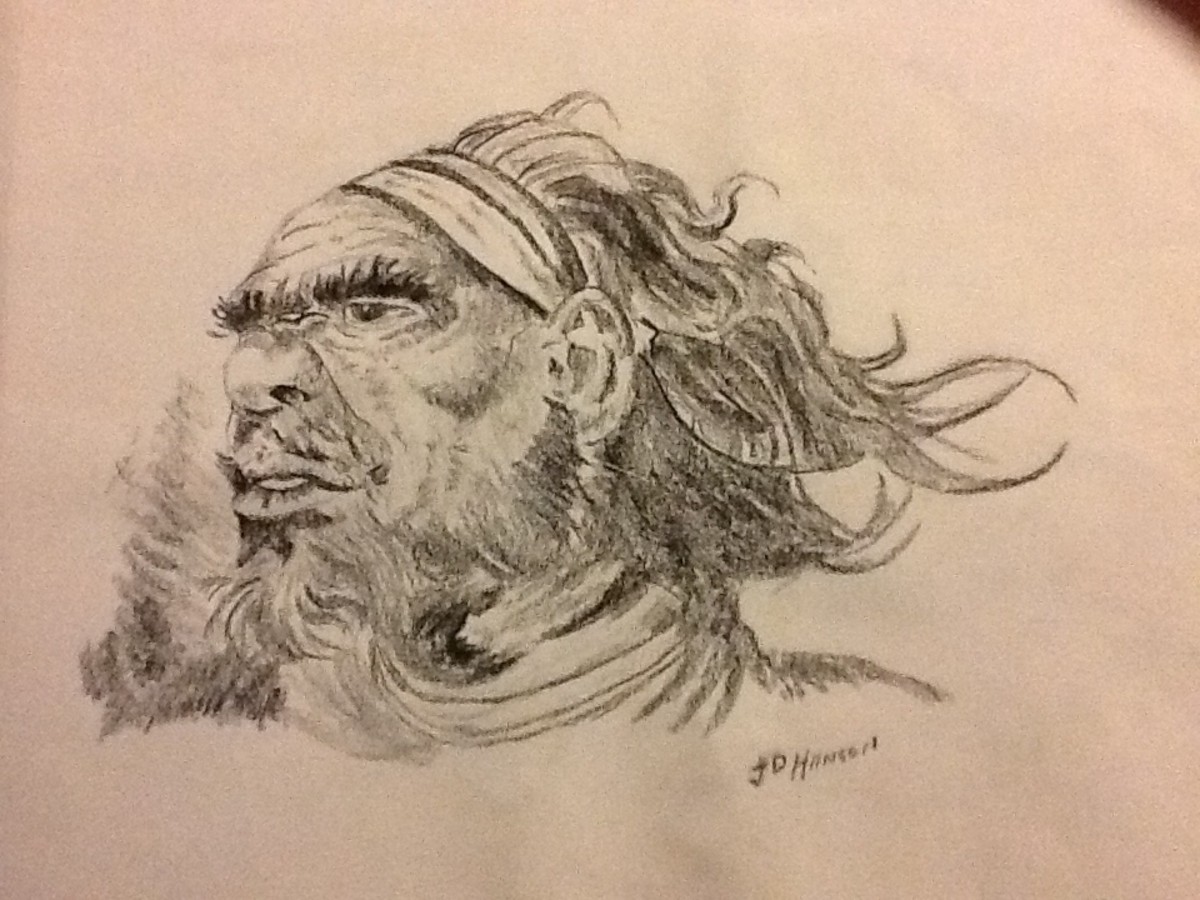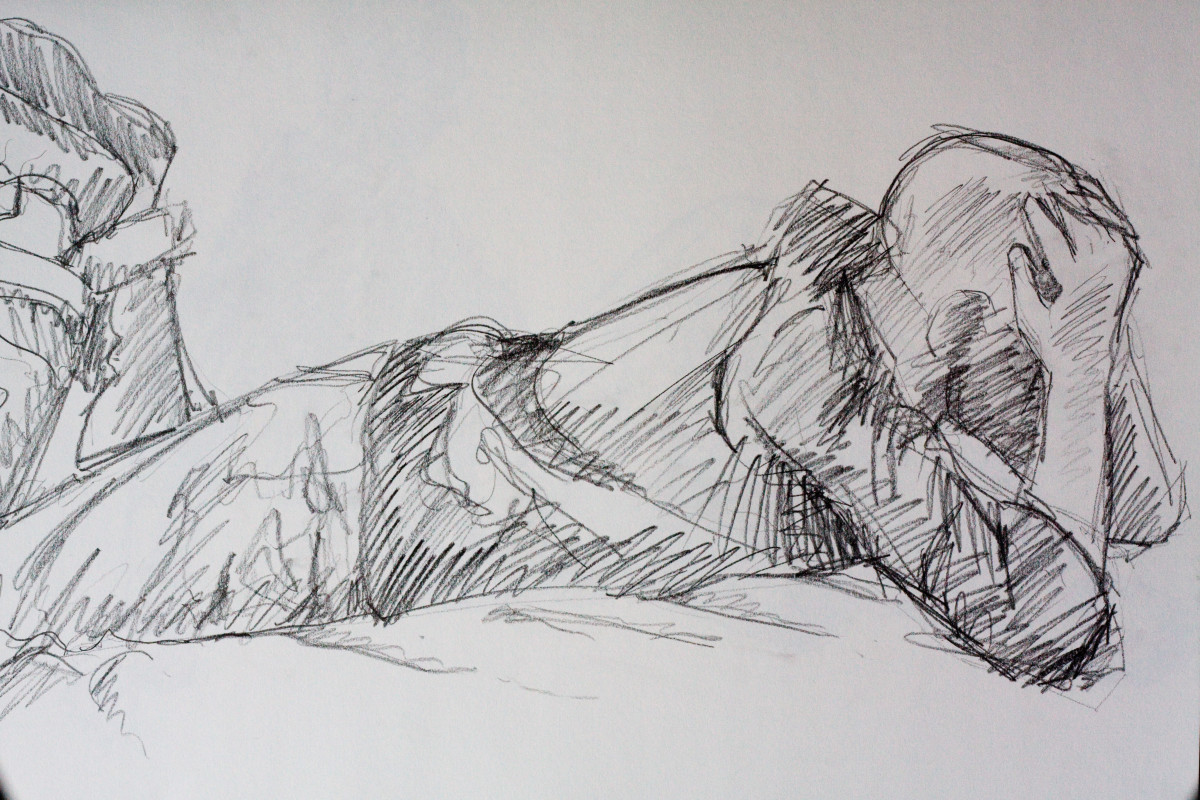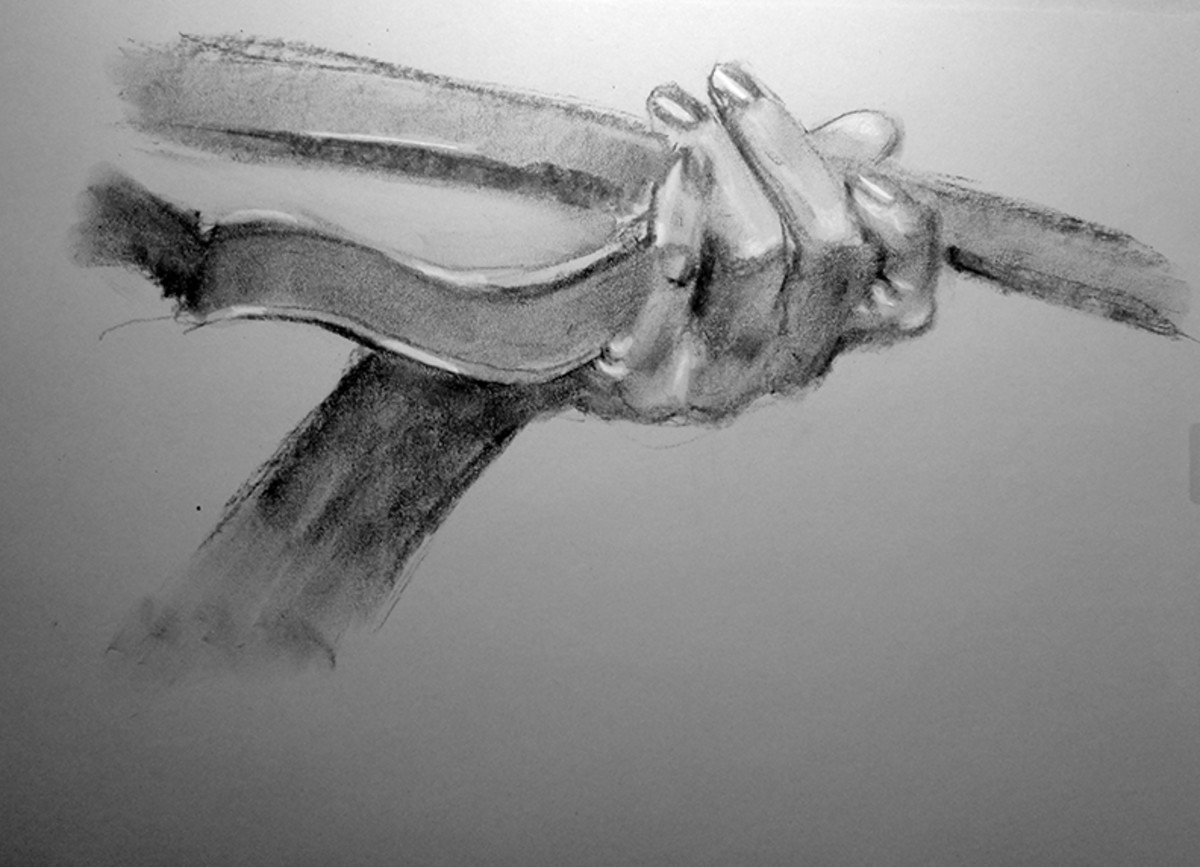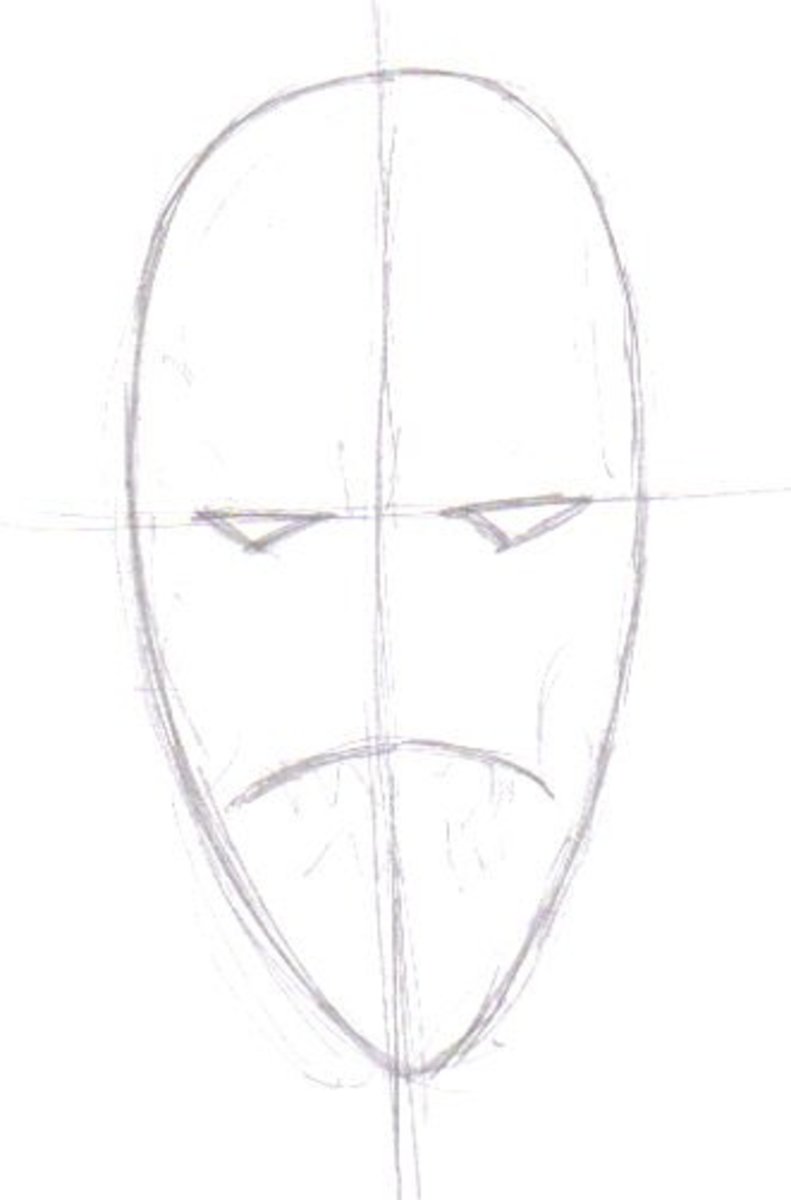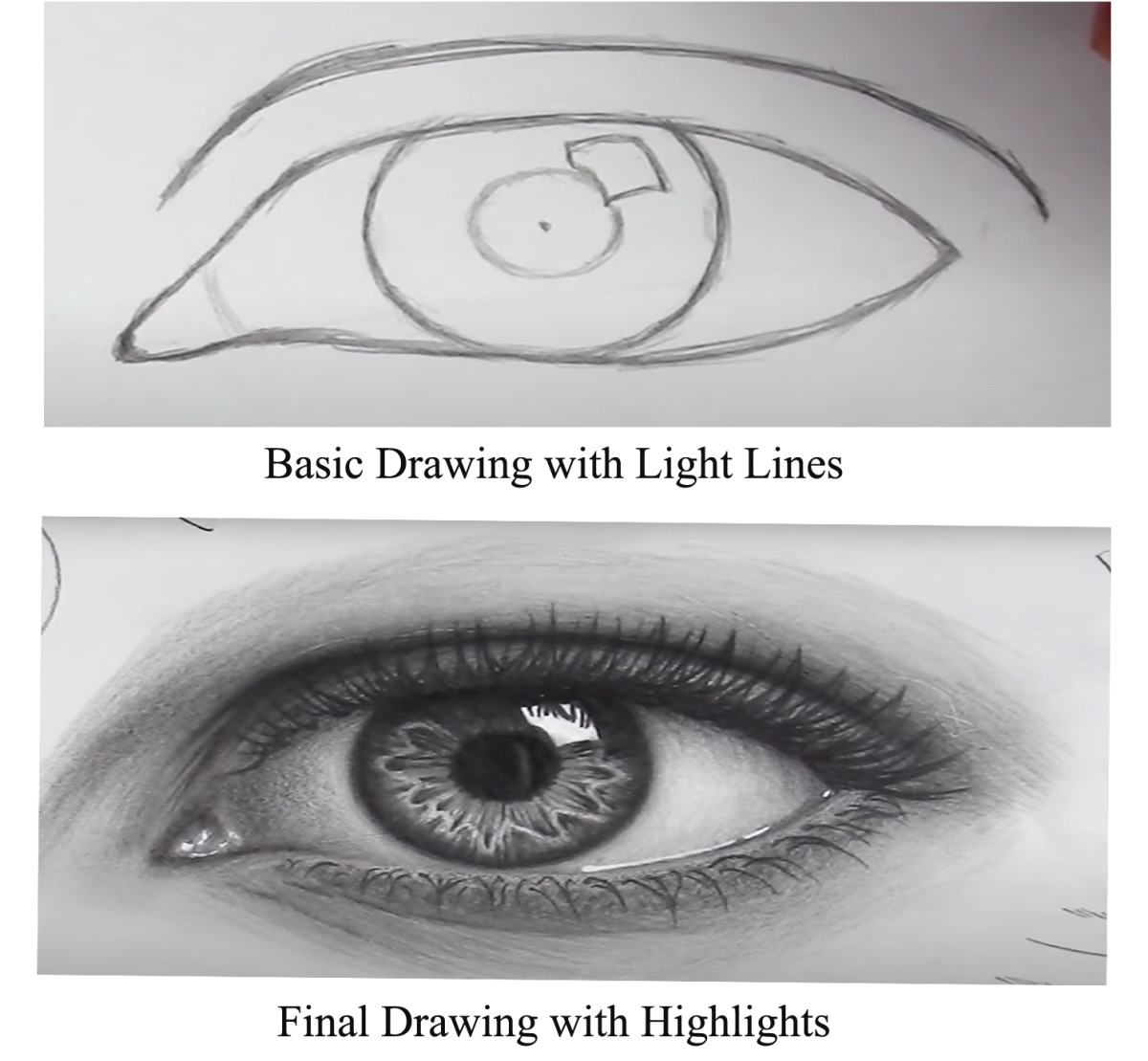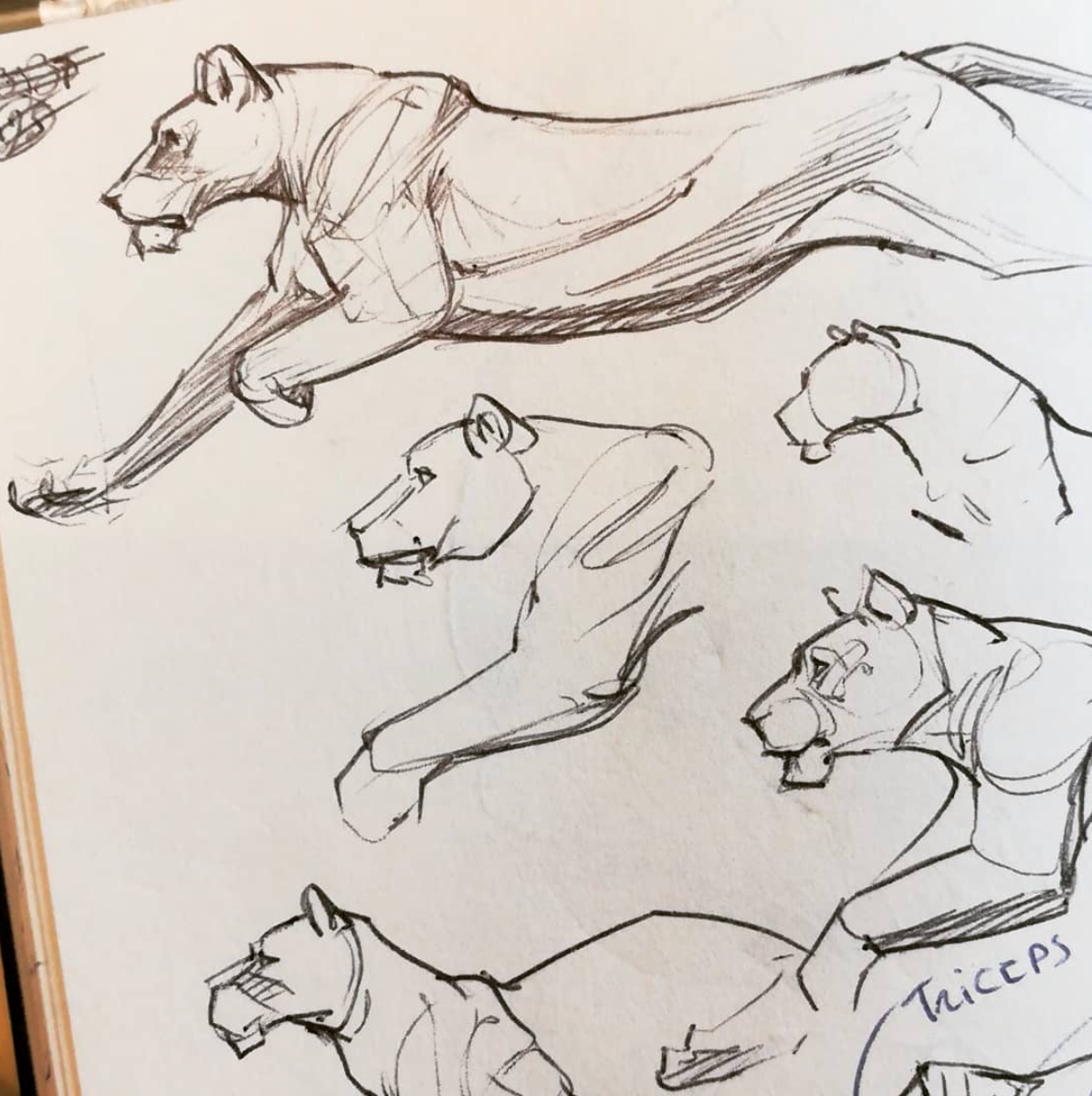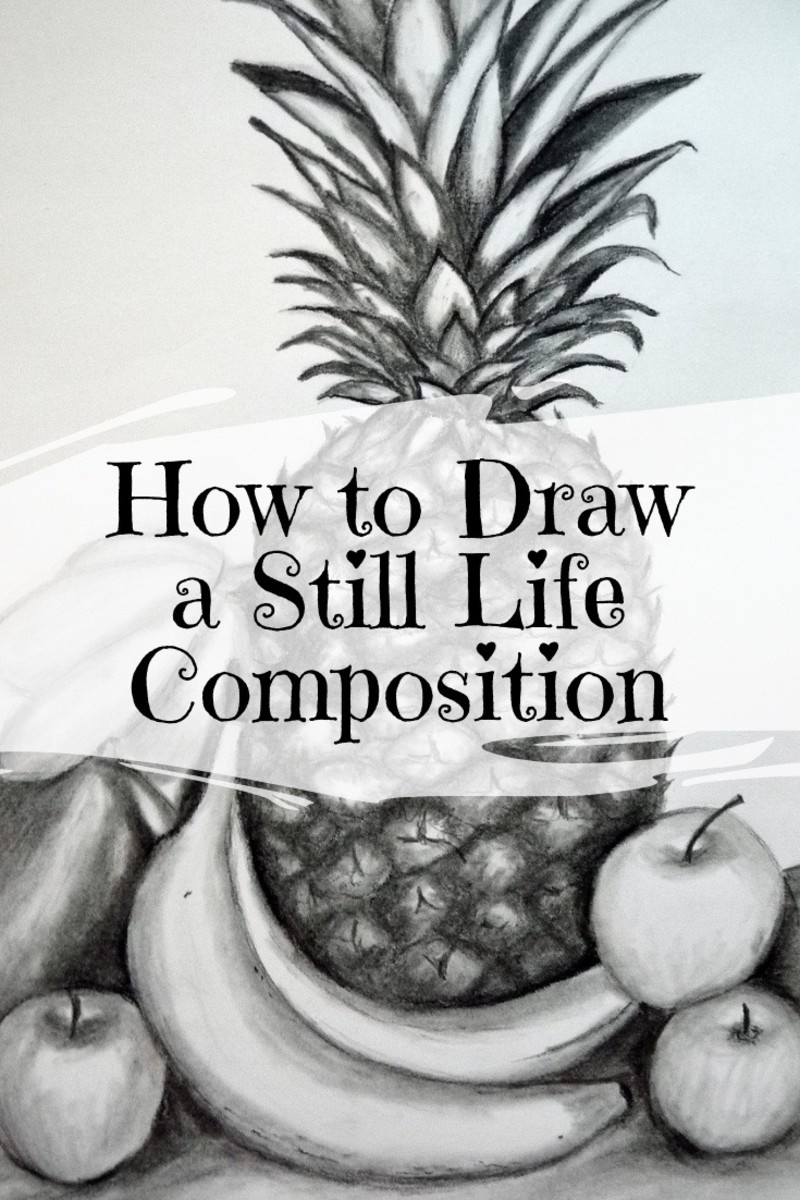- HubPages»
- Arts and Design»
- Drawing»
- Drawing Tutorials
You Too Can Learn to Draw
Drawing on the Right Side of the Brain by Betty Edwards
Back in high school I remember two individuals who had an incredible gift. They could draw. It was so effortless for them that it seemed like they could do it in their sleep. For me and the rest of us who didn’t have such a talent we were just resigned to think that it truly was a gift. And for as young as they were I can’t deny that it wasn’t. But many years later I would find out that there was hope, that I could also draw like my high school friends.
It happened at a local mall while browsing through a bookstore. I came across the book, Drawing On The Right Side Of The Brain by Betty Edwards. If anything, the title itself is what piqued my interest but when I picked it up and looked at the first chapter what I saw next was even more interesting. The author had a showcase of before and after drawings from her students. It was amazing to see the transformation. Obviously this was the selling point for me.
The central theme of the book, as the title states, is learning how to shift to the creative right hemisphere of the brain or to the “R-mode”, as the author describes it, when drawing. There is extensive background information on how the brain works helping you to understand why initially it may be hard to draw since the left hemisphere or the “L-mode” dominates. It is this crucial shift that allows us to make the leap to being a great artist. The author presents some very fascinating exercises where you look at images in the book or where you pick your own and then you draw it with the image upside down. The reason, the L-mode dominates but with the image inverted the left hemisphere becomes confused unable to process what it sees, and thus, the shift to the R-mode. Another group of exercises involves looking at an object and drawing it without looking at the paper! Ultimately the goal is to draw exactly what you see without any interference or critical thinking from the L-mode. You can look at something that you want to draw and at first it may seem daunting but that is your left hemisphere talking. It is unable to process as much information at a given time as compared to the right hemisphere. Once you make the shift, how complicated the object you want to draw doesn’t matter anymore. From my own experience, shifting into the R-mode is like slipping into a calm meditative state. It is quite pleasant.
There is much more I can say about this book and there are many different exercises. I will dive deeper and prove how good the techniques are with my own before and after drawings. One of the first exercises was to do a self portrait so you could gauge your progress once you finished the book. Yes, I never actually redid my portrait like I should have but the two drawings that I have here definitely show that the exercises in Betty Edward’s book do work.
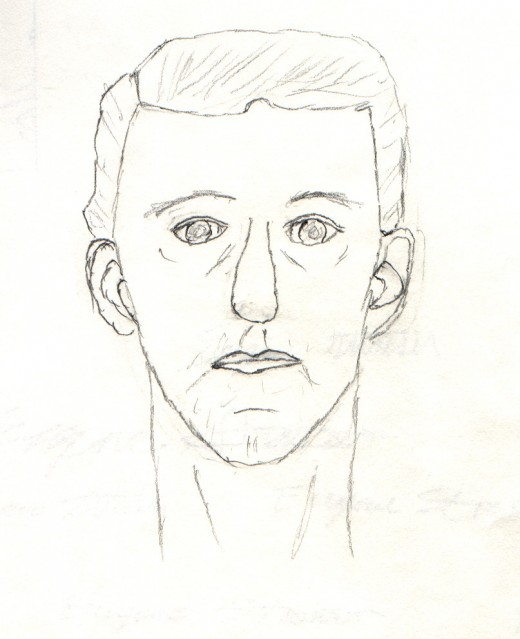
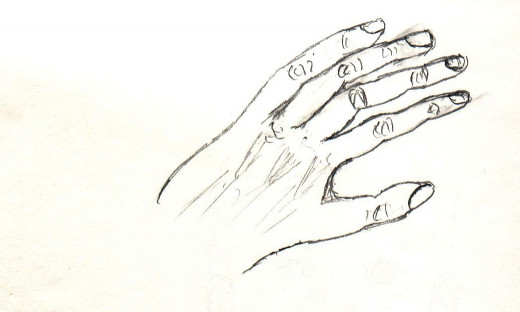
Before Drawings
These are two drawings that I created. The first exercise in Betty Edward's book (chapter 1).
In chapter 3 of her book she dives deep into how both hemispheres of the brain works. In both cases, she summarizes by listing attributes to each side of the brain;
Left Side
- Analytical
- Verbal
- Sequential
- Symbolic
- Linear
Right Side
- Intuitive
- Subjective
- Relational
- Holistic
- Time-Free
- Parallel
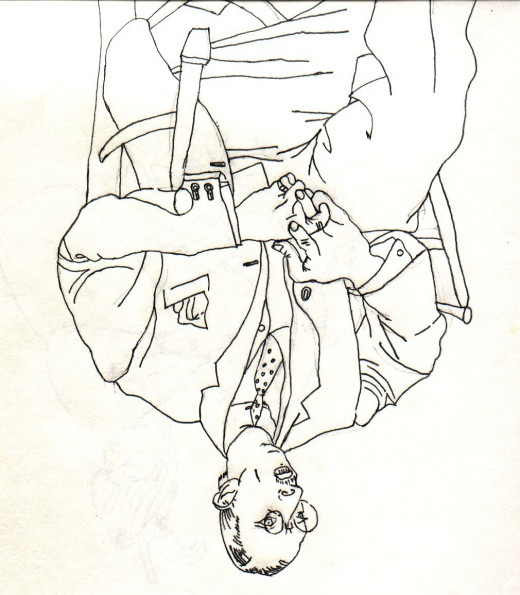
Tricking the Left Hemisphere
Essentially, the left side of the brain is linear while the right side of the brain is parallel. This is how they process information and this is why language is on the left side. Words strung together into sentences and then into paragraphs is a linear process. However, when the right hemisphere looks at text, it tries to process it all at once, which obviously won't work. But when it comes to pictures, this is the domain of the right hemisphere, where it can digest information all at once, holistically.
The left hemisphere has a hard time with images, where it will try to break it down in a linear fashion. Pictures and images become more elementary, where parts become only symbols. Seeing that we are left sided dominant we will tend to draw symbolically. The author shows quite a few before and after drawings of her students and they are remarkable. The initial drawings are simple while the after drawings are realistic, having incredible depth and complexity.
Since we are left sided dominant, we become intimated by realistic drawing so we generally believe we can't do it. This is the critic within us that has to be turned off. The author uses an innovative technique where you create the drawing upside down. This confuses the left side because the symbolic parts of the drawing are not in the right place, such as the head being at the top and the legs at the bottom. With the critic turned off a person can then make the necessary shift to the right side and draw realistically.
Another Way to Turn the Critic Off
The author presents another method to silence the critic or left side within us, but this is more training than anything else because you will not produce any real good realistic drawing in this exercise. If you somehow are able to create a fairly good drawing, then you are a genius.
Here, you find something you want to draw and when you start drawing it, you can't look at the drawing itself from beginning to end! There is absolutely no looking!
Obviously you are not going to produce a good drawing. The focus of this exercise is to get you to look at the intricate detail of your subject. By not looking at what you are actually drawing, the critic or left side of your mind is essentially turned off.
I can pretty much testify to this. When I did this exercise, concentrating on every leaf of the plant, this was probably the first time that I really shifted into the R-mode. It was a very blissful experience.
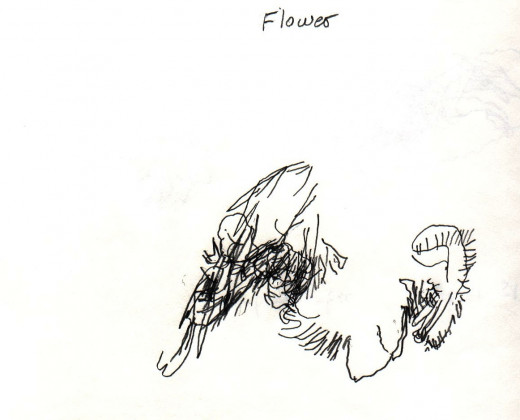
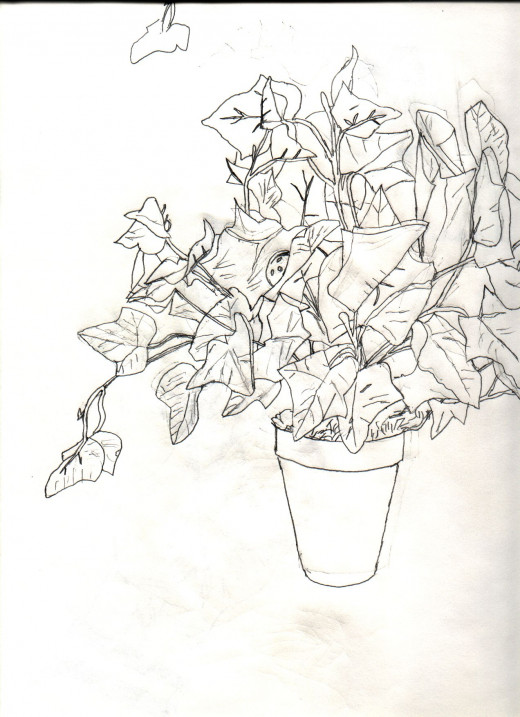
Empty Space
Another interesting concept is negative space. Here, the author states that the left side of the mind has a hard time dealing with empty space but the true artist recognizes that the empty space around the subject being drawn is just as important.
This is an interesting exercise because you concentrate on and draw the empty space between and around the actual subject instead of the subject itself. This is a fascinating and different way in perceiving the world around us.

Drawing in Reverse
This exercise was great because it was so different and unexpected when I first approached it. Here, you are actually drawing with an eraser! The first task is to take a pencil and darken a sizable area making it completely black. Then you create the image with an eraser removing pencil lead. Even though I didn't have the correct soft pencil, it still worked.
Note: This drawing, like may others, is drawn upside down to confuse the critic within us.
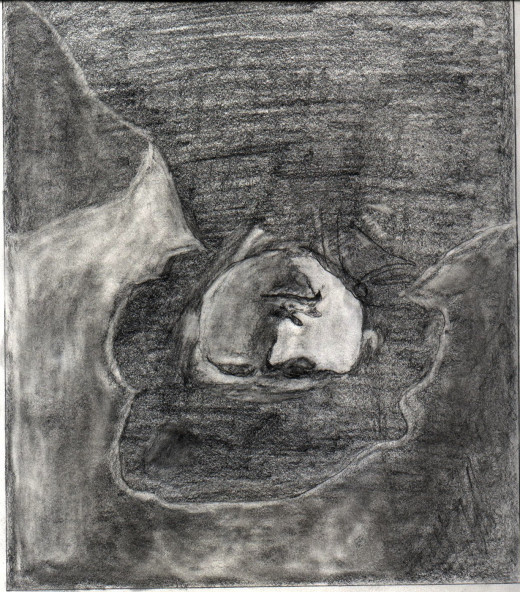
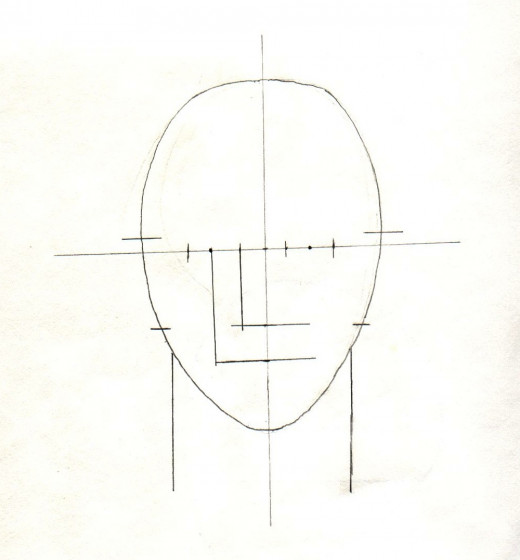
The Human Face
Do we actually perceive reality unedited? The answer is no. The left side of our brain and its symbolic nature tends to distort reality. This is quite evident in our perception of the human face. Since the eyes, nose, ears, and the mouth are simply symbols to be placed on the face and also, considering that the left side has trouble with empty space, then these symbols are not going to be placed in the correct position. This is more than evident when you consider where our eyes are actually vertically located on our face. I remember asking many people about this. Everyone perceived that your eyes are closer vertically to the top of your head than to the bottom of your chin. This is an example where the left side can not perceive empty space, such as the forehead, so it tries to eliminate it or reduce its significance. Actually, the eyes are exactly in the middle. The distance of the eyes from the top of the head and the distance of the eyes from the chin is equal. This applies to all humans. There is no exception.
Some Final Examples
Betty Edward's "Drawing On The Right Side Of The Brain" is truly a remarkable book. I recommend anyone to try her exercises. You will see incredible change. The peaceful quiet shift to the R-mode is in itself worth it.
Below are some of my final drawing exercises;
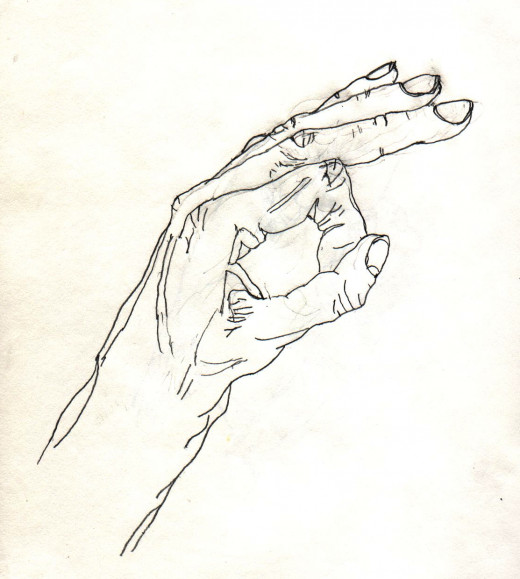
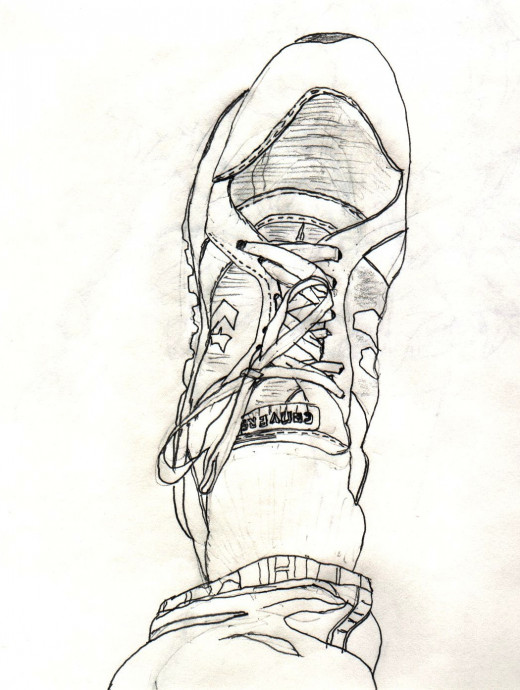
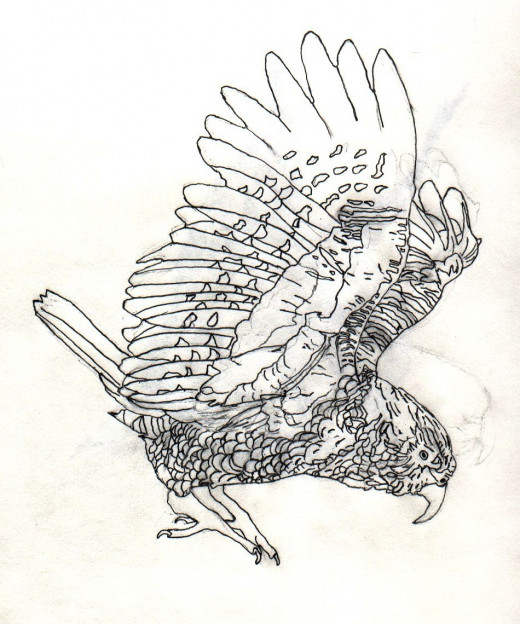
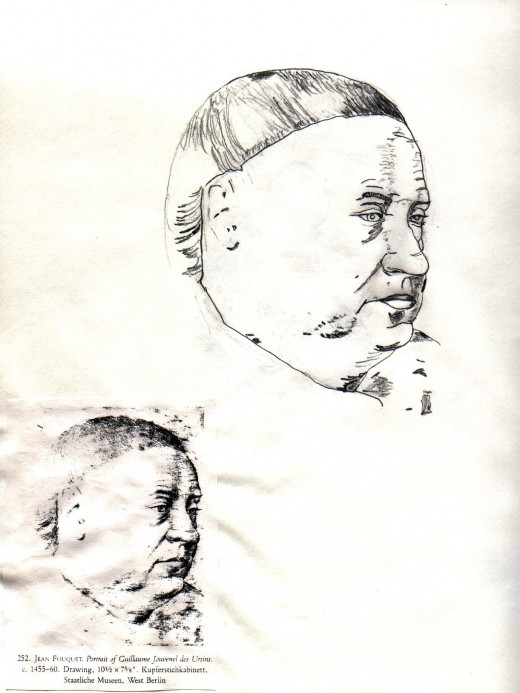
Drawings After Completing the Exercises
The three following drawings were the ones that I did on my own after I finished the exercises in Betty Edward's book.
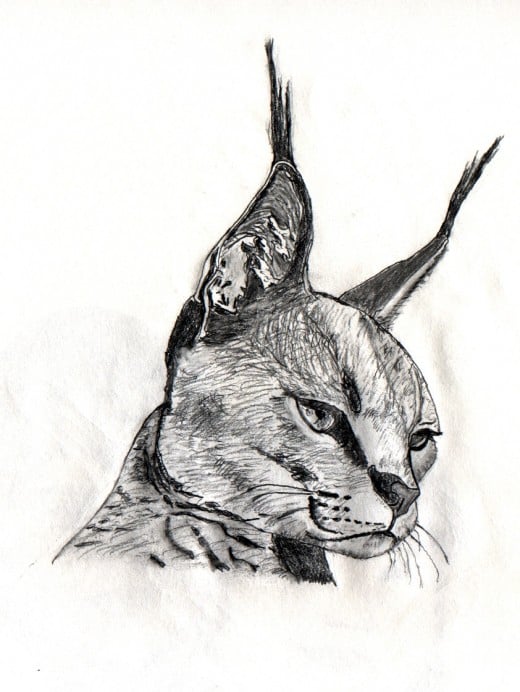
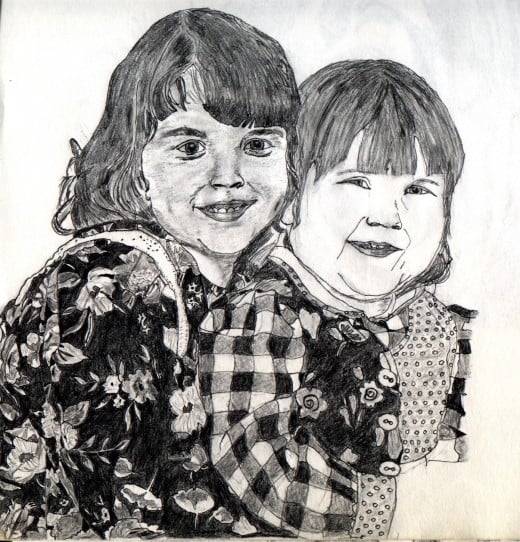
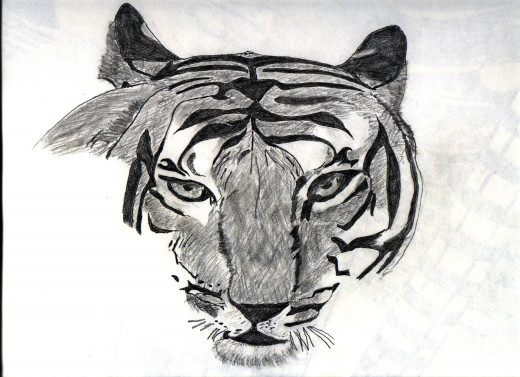
Profile Page
Below is Betty Edward's profile page on Amazon showing all of her works.

